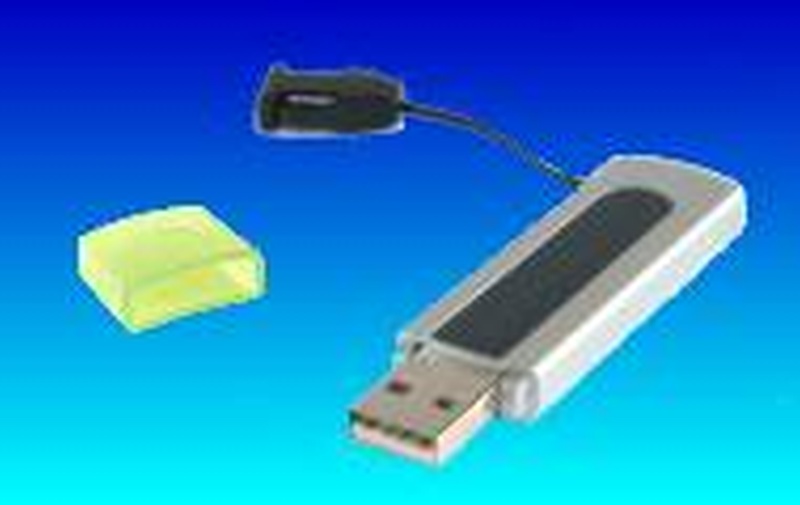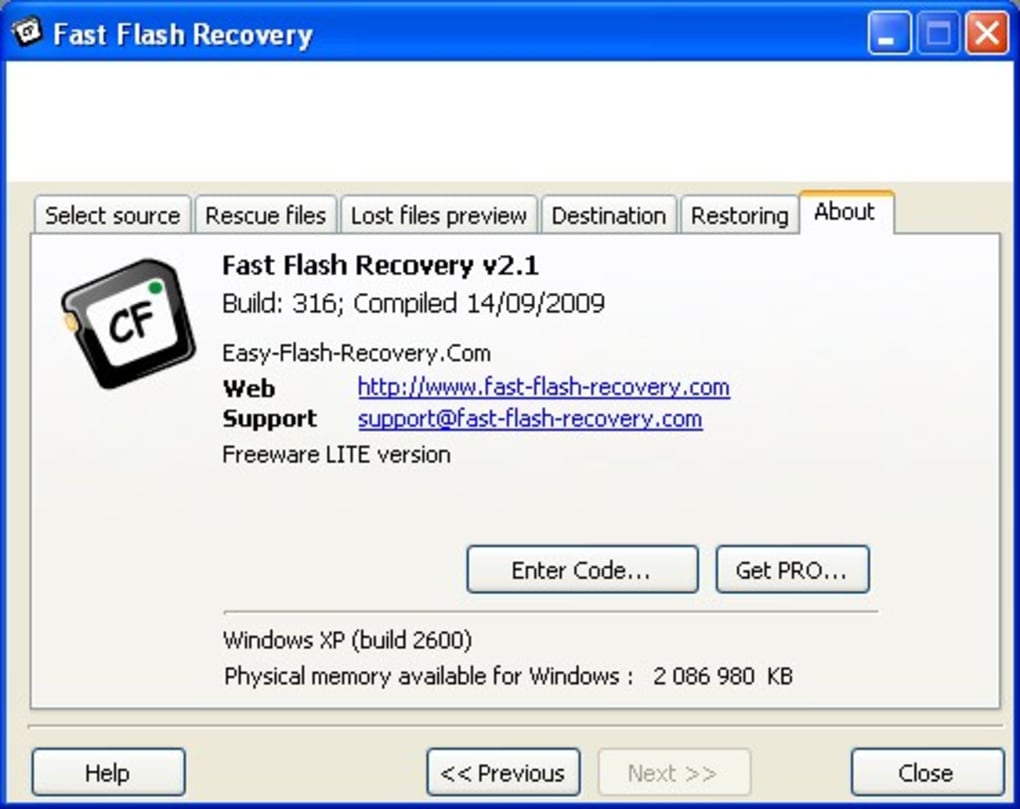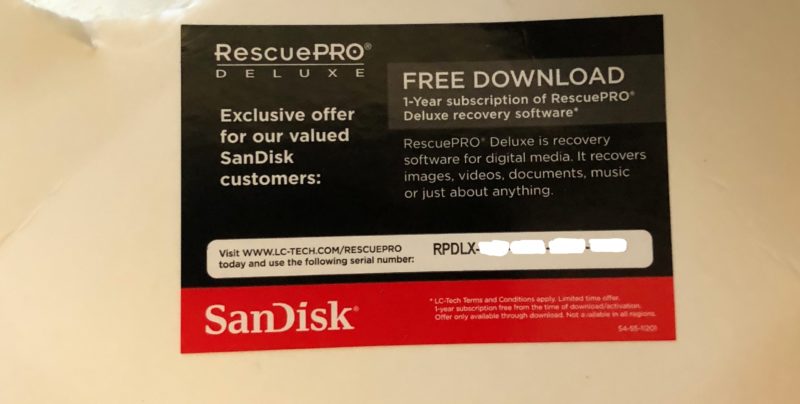

But this is wrong because there’s a big catch here: TRIM is only supported for internal drives. The common knowledge is that you can’t recover deleted files from solid-state drives.

This speeds up the process of writing to the sectors in the future and has a side-benefit of making it practically impossible to recover deleted files from an internal solid-state drive. When your operating system deletes a file from an internal solid-state drive, it sends the TRIM command and the drive immediately clears those sectors. But this means that solid-state drives tended to slow down over time.
SANDISK FLASH RECOVERY FULL
On a full drive with bits of deleted files lying around, the process of writing to the drive is slower because each cell must first be emptied before it can be written to. New drives come empty, so writing to them is as fast as possible. Before any data can be written to a flash memory cell, the cell must first be cleared.
SANDISK FLASH RECOVERY SOFTWARE
Because bits of deleted files are sitting around, software tools can scan the drive’s unused space and recover anything that hasn’t yet been overwritten. It’s just as fast to overwrite a used sector as it is to overwrite an empty sector. There’s no reason to empty the sectors immediately - this would just make the process of deleting a file take much, much longer. Your operating system will get around to overwriting these sectors whenever it needs more space. Instead, its data is left on the hard disk drive and marked as unimportant. When you delete a file on these traditional drives, the file isn’t actually deleted. The reason deleted files can be recovered from traditional, internal mechanical hard drives is simple. RELATED: Why Deleted Files Can Be Recovered, and How You Can Prevent It The best thing about this post is that it reveals the iMyFone D-Back, the best SanDisk CF card recovery software, that stimulates recovering lost data within a few clicks.Why You Can’t Recover Deleted Files From Internal Solid-State Drives Recovering the lost data from the SanDisk CF card is daunting, but this guide has made it pretty simple for you. If you receive the error message that says “SD card is not accessible,“ it indicates your SD card gets corrupted. Otherwise, both SD cards work identically, supporting the video recordings. 3 What‘s the difference between a Sandisk CF card and a standard SD card?Īpart from holding the ability to store more data than a standard SD card, a CF card also comes up with a faster data transfer speed than a standard SD card. If this method doesn‘t work, you‘ve got the chance to scan the SanDisk CF card and then get the data recovered. This way, you can fix the error making the SD card corrupted. You can fix the corrupted compact flash card by running the command prompt. 2 How do you fix a corrupted compact flash card? It only asks you to scan the data before restoring it to the location you lost the data from in the first place.

If your SanDisk CF card got corrupted and ended up causing the data loss, you can recover the data from the corrupted SanDisk CF card through iMyFone D-Back. Part 3: FAQs 1 How do I recover data from a corrupted Sandisk CF card? Interestingly, you can retrieve all the lost data by only scanning the SD card. Unfortunately, if you didn‘t backup your data, you‘ve left nothing but for iMyFone D-Back to get back all the deleted data.


 0 kommentar(er)
0 kommentar(er)
